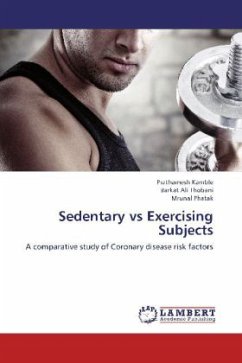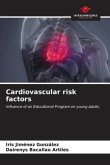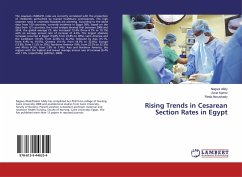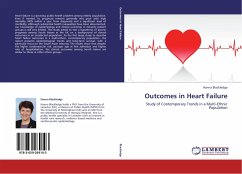In recent decades, affluent population have become increasingly sedentary, in which most of adults spending 70% or more of their waking hours sitting. From an evolutionary perspective, humans were designed to move- to locomote and engage in all manner of manual labor throughout the day. Comparing with our parents or grandparents, we are spending more amount of time in environments that limits our physical activity and require prolong sitting -at home, at work and in cars and in communities. Work sites, schools, homes and public spaces have been re-engineered in ways that minimizes human movement, which has dual effect on human behavior: People move less and sit more. Parallel with this change, evidence has emerged identifying habitual sedentary prolonged sitting as a novel risk factor for cardiometabolic disease .Time in sedentary behavior is associated with increased cardiovascular diseases and all cause of mortality.
Bitte wählen Sie Ihr Anliegen aus.
Rechnungen
Retourenschein anfordern
Bestellstatus
Storno








